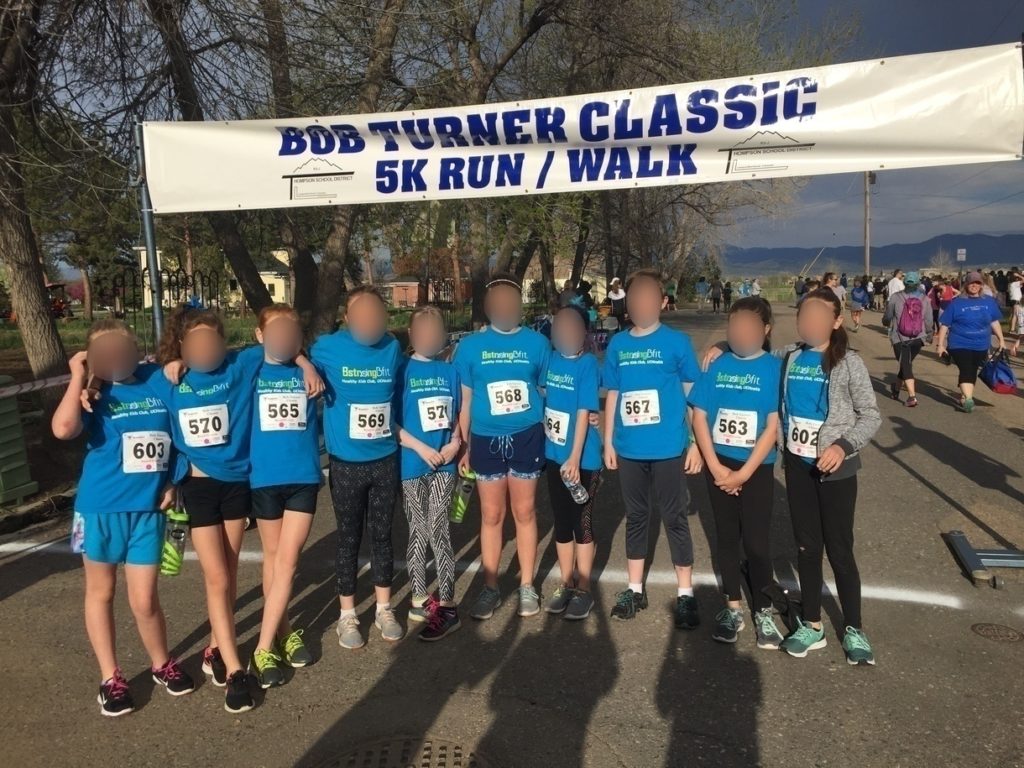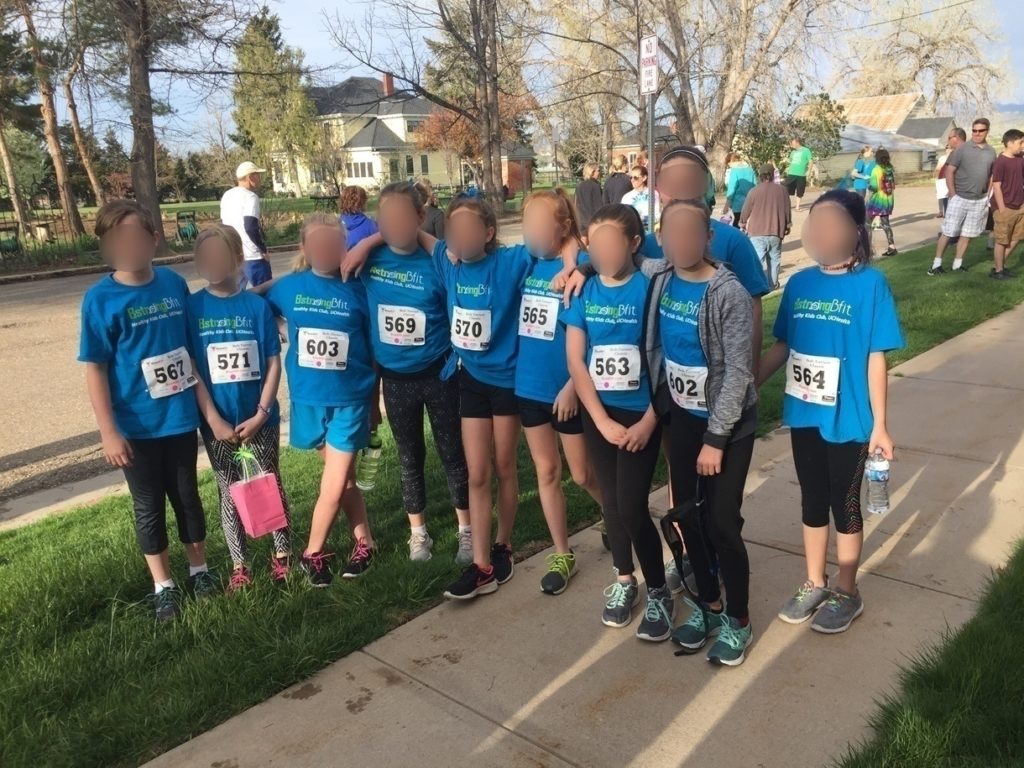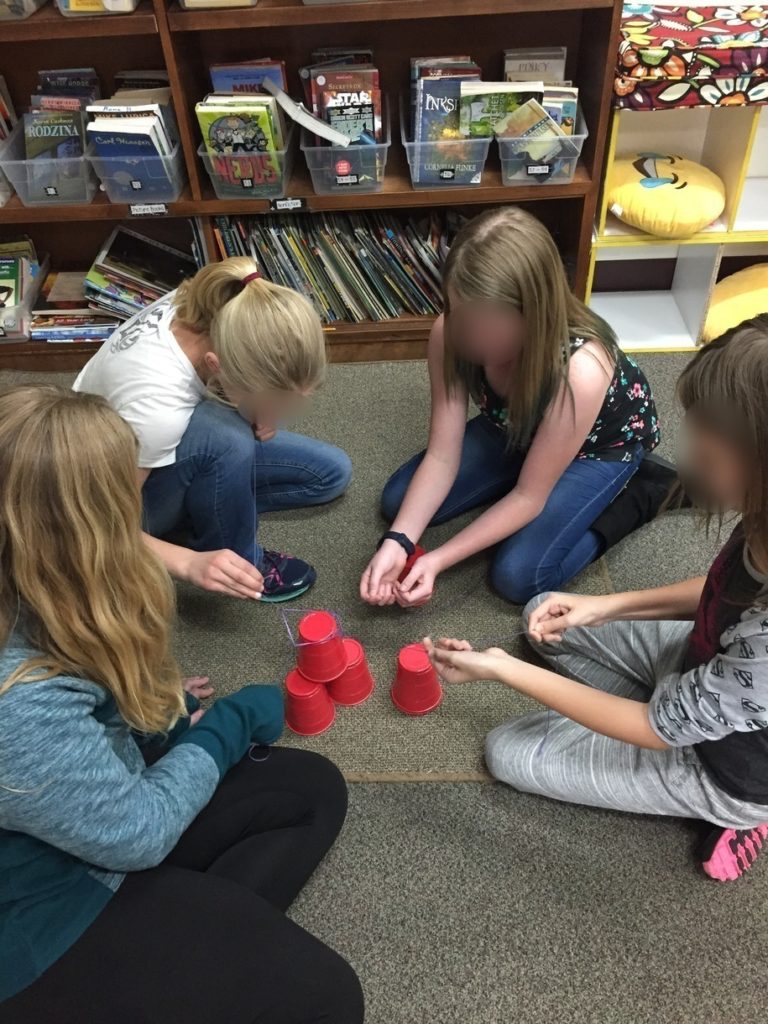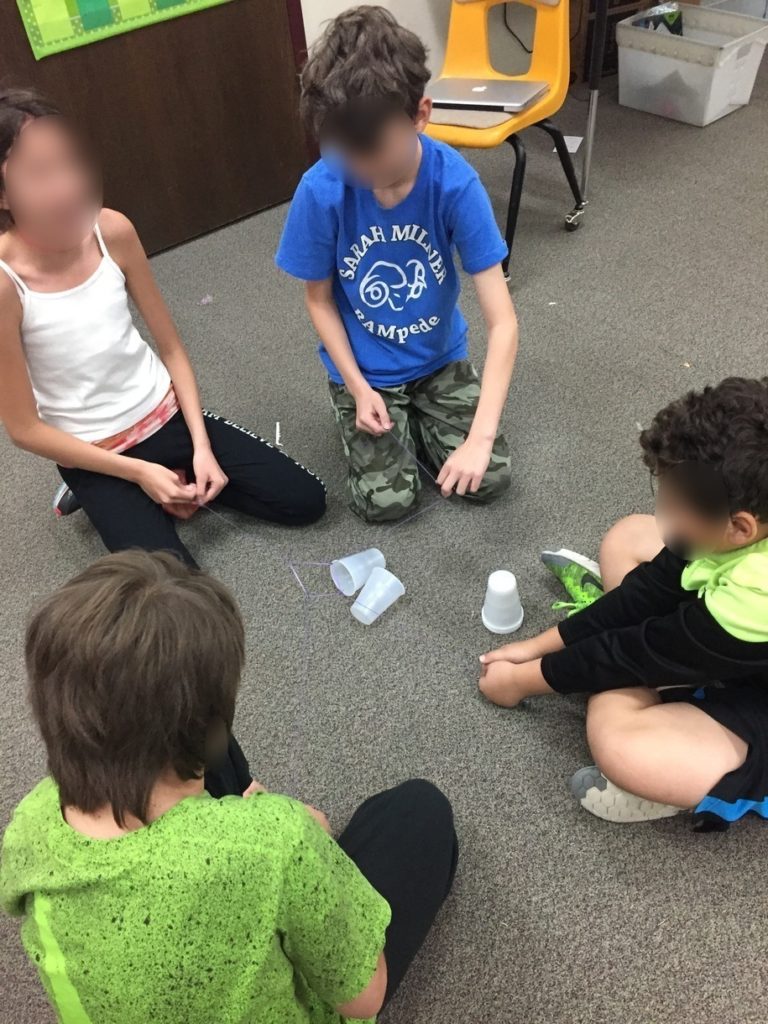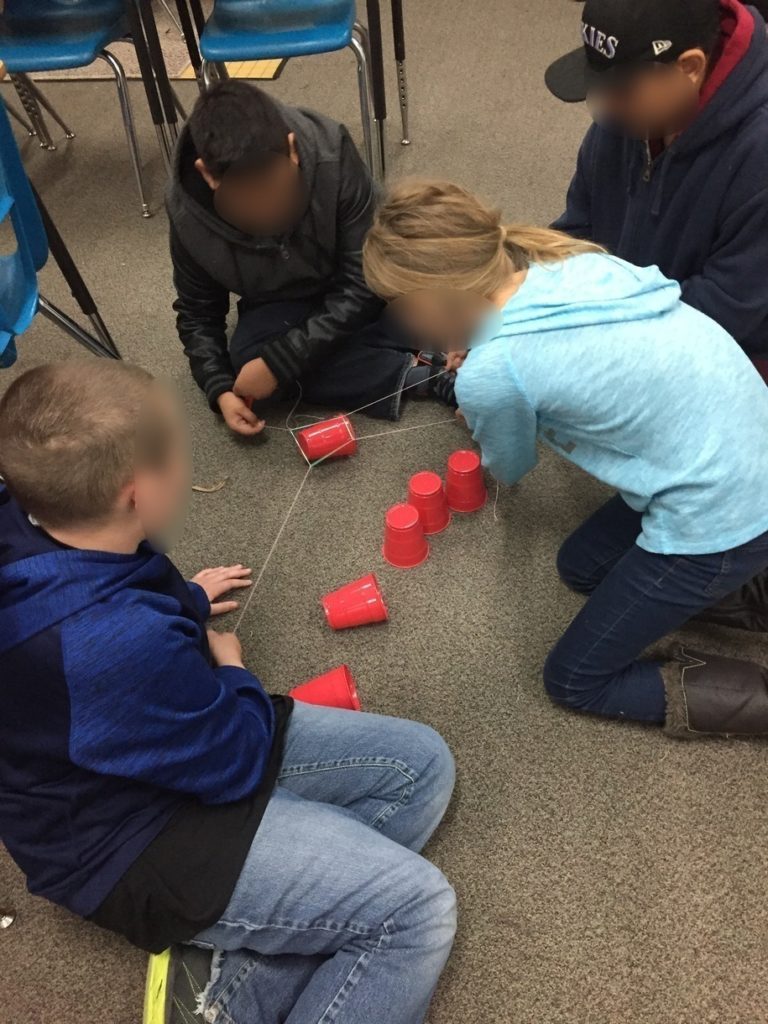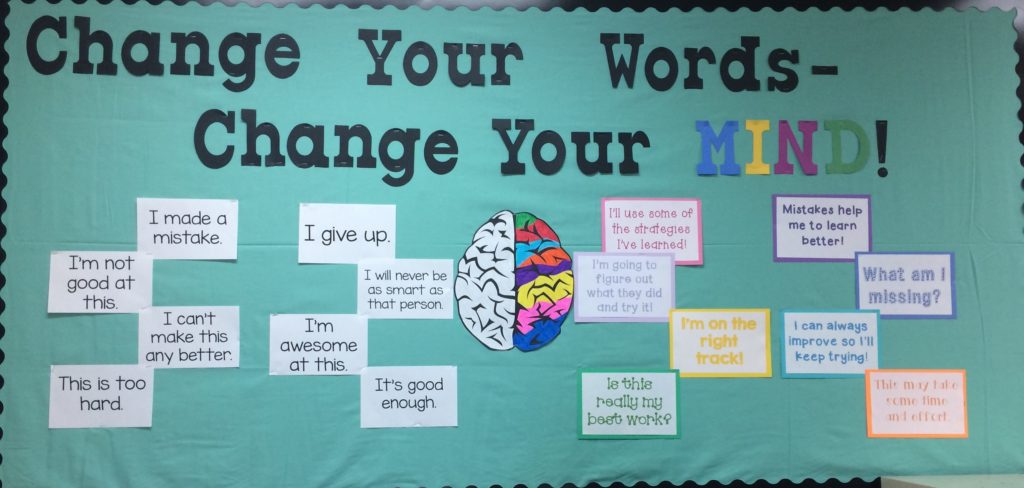
Building character and emotional intelligence is equally as important as teaching content. Teaching in a Title I school has shown me this truth. The basic emotional needs of my students need to be met each day through various strategies.
In Focus Curriculum
In Focus is an emotional intelligence curriculum adopted by Sarah Milner Elementary in 2016. The program teaches students about the brain in a comprehensible way, and uses that knowledge as a spring board to teach about emotions, friendship, kindness, bullying, regulation and so much more. I have successfully implemented this curriculum into both intermediate and primary grades.
Peace Keeping Circles

My first year teaching, I was mentored and taught first hand by our district restorative justice specialist on how to implement Peace Keeping Circles. Peace Keeping Circles are used to teach students how to effectively communicate their feelings and share appreciations or concerns with one another. Students get the chance to have a voice heard by everyone while simultaneously practicing active listening skills.
BstrongBfit
I’m a runner, and I like to share my passions with students. I hope that by being excited by something, I can inspire my students to get involved and be excited about something too. For the past three years I have been a co-coach for the BstrongBfit running program sponsored by Healthy Kids Club. The program is designed for fifth grade girls, and teaches about healthy habits. Lessons range from healthy eating to body image to stress. The culminating event is a 5k run. It is incredible to see the transformation in self-confidence.
Taking Matters into my Own Hands
In Focus is great, but I always feel like I can do more. I wake up in the middle of the night with ideas on how to continue to build community, teach empathy, or break stereotypes. Below are lessons I have implemented with success to further build my students’ social and emotional intelligence.
Empathy
Teaching students to be empathetic and understand someone else’s perspective is no small feat! I started an empathy mini-unit (5th grade) by watching an empowering video of students explaining what empathy is and how it can impact someone’s life. In students’ social and emotional notebooks, we outlined steps students can take to practice empathy.
- Watch and Listen: Listen to what the other person is saying. Pay attention to their body language.
- Remember: When did you feel the same way?
- Imagine: Imagine how you might feel if/when you were in that situation. Think about the wide range of emotions someone might feel.
- Ask: Ask how the person is feeling. Find out how they are doing.
- Show You Care: Let the person know you care through your actions and words.
With a lot of role playing and a lot of practice, students began to think about problems and conflicts with an empathetic mind.
Community
Community building is not just for the first week of school. I make it a point to incorporate team building and community activities throughout the school year. One of my very favorite team building activities is a team cup stacking challenge. Each four person team gets one rubber band with four strings attached and six cups. The challenge is to stack the cups using only the rubber band, and each student can only hold onto one of the strings. Take a look at a few pictures of my students working together.
Wonder
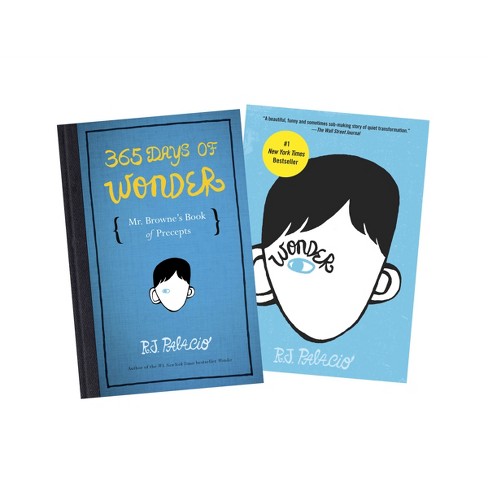
Wonder by R.J. Palacio is an amazing story about overcoming adversity, being kind, and being a kid. Each year I taught fifth grade I read Wonder aloud in combination with a book study. In 2018, I took it one step further. Everyday, from January to May, students would record a quote from 365 Days of Wonder: Mr. Bowne’s Precepts by R.J. Palacio into their social and emotional notebooks. We would discuss what it meant and how it related to our lives. At the end of the year, students chose the quote that spoke to them the most. They wrote letters to Mr. Bowne (the teacher in Wonder) explaining why they chose the quote and how it will impact their lives moving forward. Fifth graders can be incredibly insightful and inspiring.
Gender Stereotypes
This year, I have worked to break common stereotypes. We have read books centered around abilities and written essays about feeling different. Here I want to showcase how I worked to break down gender stereotypes.
I read aloud two books about a character that goes against the grain of society. In Made by Raffi by Craig Pomranz, Raffi discovers he loves to knit, and through some questioning decides that’s perfectly okay. In The Princess Knight by Cornelia Funke, Violetta surprises everyone with her incredible jousting abilities. After each book, we dissected the characters and talked about what made them special. Specifically, we talked about how the character was breaking a stereotype. The next stage was to create a character that breaks a stereotype and illustrate the character in that role. Below you can download the documents used to aide the lessons and discussions.
Kindness

I watched a video on YouTube of a little girl performing random acts of kindness which inspired me to include a few kindness lessons into our social and emotional block. After watching Rhea’s random acts of kindness, I had students brainstorm ways they could show acts of kindness. My second graders decided to write and decorate a card of encouragement for the other second grade class. Students wrote things like you rock, have a great day, you are wonderful etc.
